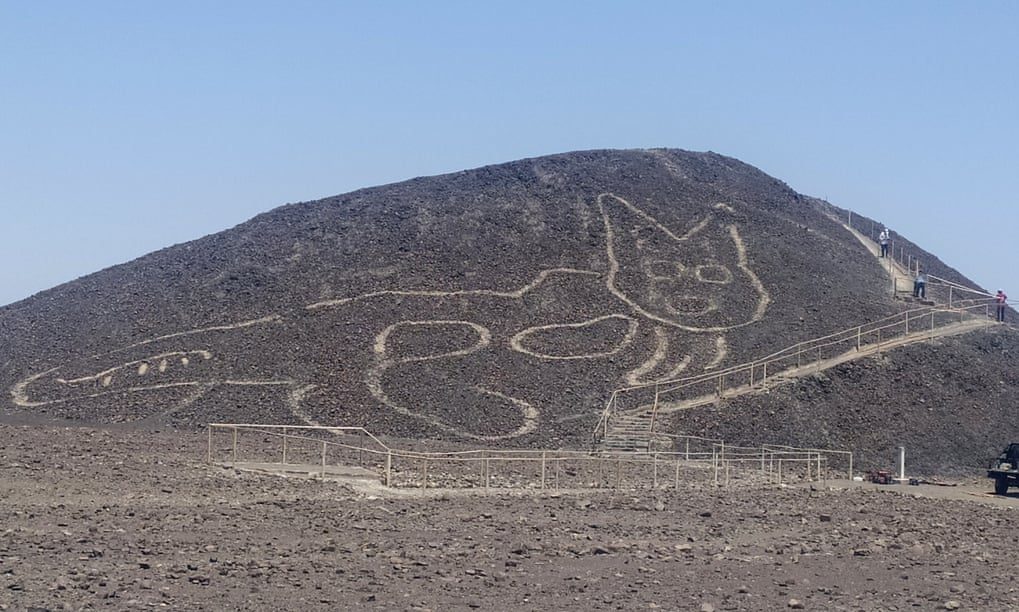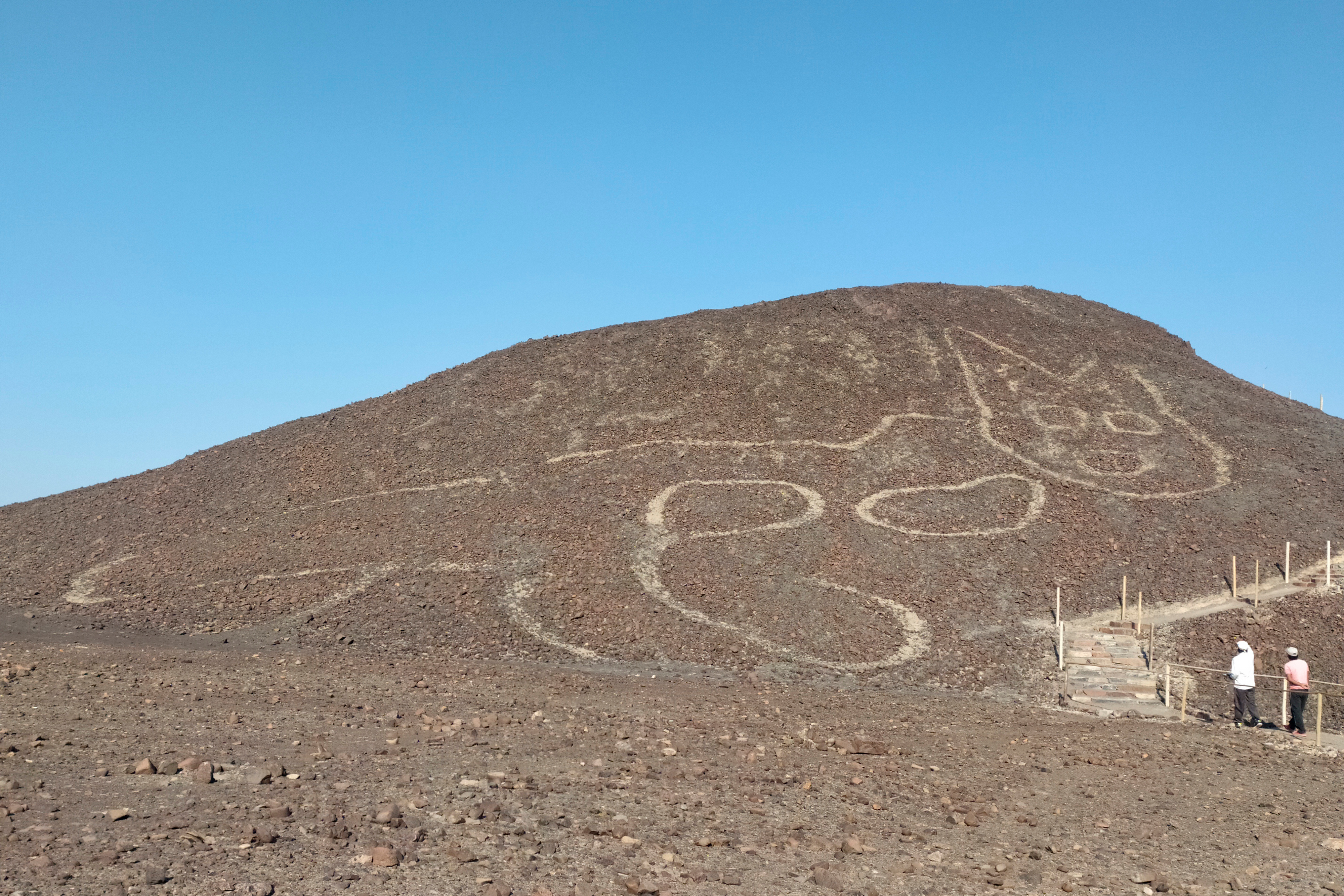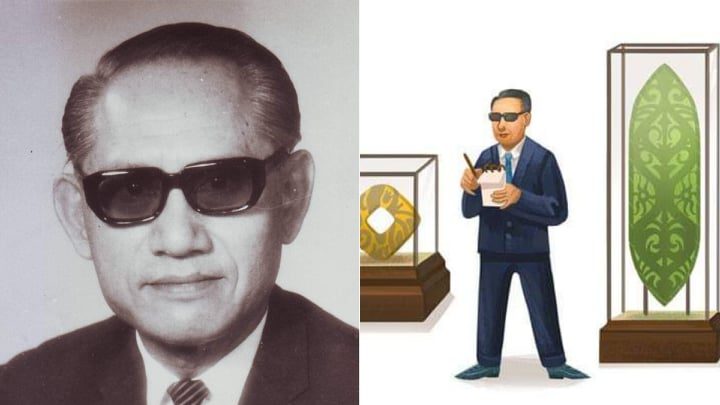Scientists Discover 2,000-Year-Old Giant Cat Drawing Engraved Into Desert at Peru
 Thirsty for JUICE content? Quench your cravings on our Instagram, TikTok and WhatsApp
Thirsty for JUICE content? Quench your cravings on our Instagram, TikTok and WhatsApp

One of the world’s most ancient mysteries, geoglyphs, which are large designs produced on the ground, have been boggling the minds of scientists and historians for centuries. Which pre-historic man or woman took time out of their busy schedule of hunting and gathering to painstakingly draw these gigantic pictures on the ground?
Geoglyphs are common the world over, but many have been found etched in the dune sands of southern Peru. There have been findings of a hummingbird, a monkey, an orca and a figure people would love to believe is an astronaut.
Now, researchers have revealed what appears to be a huge cat, etched across a desert hillside in the Nazca Lines, dated to between 200BC and 100BC. It emerged during work to improve access to one of the hills, providing a natural vantage point where many of the designs can be seen.
The Nazca Lines, a Unesco heritage site since 1994, are made up of hundreds of geometric and zoomorphic images. There were believed to have been created by ancient Peruvians who removed rocks and dark layers of earth, contrasting with lighter-coloured sand underneath.

“The figure was scarcely visible and was about to disappear because it’s situated on quite a steep slope that’s prone to the effects of natural erosion,” Peru’s culture ministry said in a statement. “Over the past week, the geoglyph was cleaned and conserved, and shows a feline figure in profile, with its head facing the front.”
The cat was said to be 37 metres long, with well-defined lines that varied in width between 30cm and 40cm.
“It’s quite striking that we’re still finding new figures, but we also know that there are more to be found,” Johny Isla, Peru’s chief archaeologist for the lines, told Spanish news agency Efe. “Over the past few years, the use of drones has allowed us to take images of hillsides.”

According to Isla, between 80 to 100 new figures have emerged over recent years in the Nazca and Palpa valleys, all of which predated the Nazca culture (AD200 – 700). He also added these smaller figures drawn on the hillsides belonged to an earlier tradition.
By comparing iconographies, Isla said the cat was put out during the late Paracas era that ran from 500BC to AD200. “Paracas textiles, for example, show birds, cats and people that are easily comparable to these geoglyphs.”


 Get Audio+
Get Audio+ Hot FM
Hot FM Kool 101
Kool 101 Eight FM
Eight FM Fly FM
Fly FM Molek FM
Molek FM

